Preeflow eco-PEN450 Guide
















Table of contents
Popular Dispenser manuals by other brands

Gilson
Gilson dispensman user guide
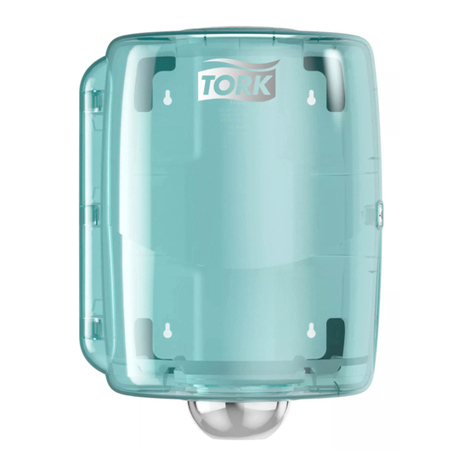
Tork
Tork Performance Maxi W2 Service and parts manual

Silver King
Silver King Majestic SK6MAJ Technical manual and replacement parts list
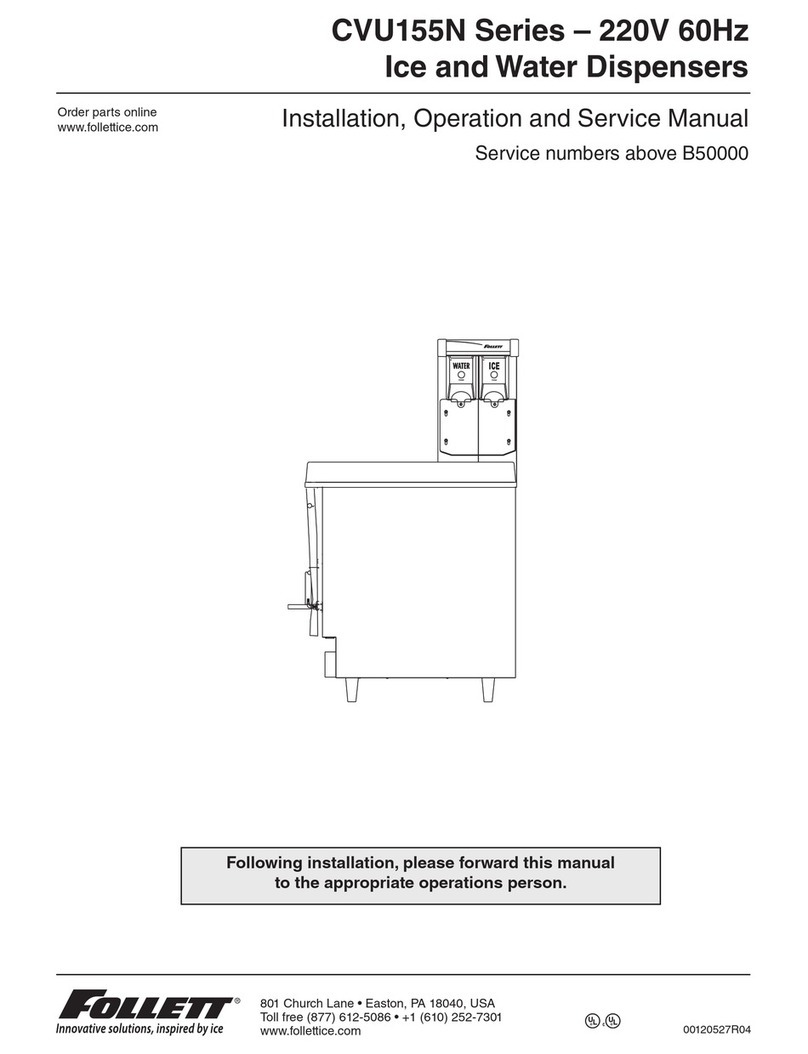
Follett
Follett CVU155N Series Installation, operation and service manual

U-Line
U-Line H-1131 installation instructions
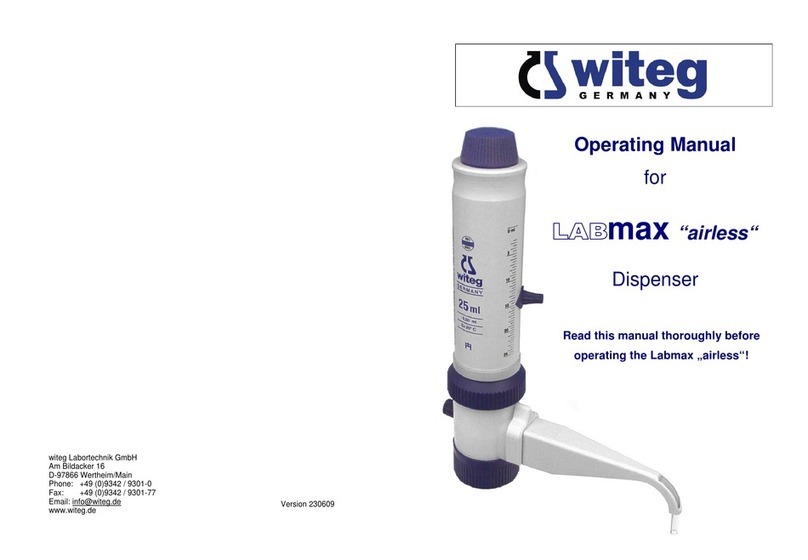
Witeg
Witeg LABMAX airless operating manual
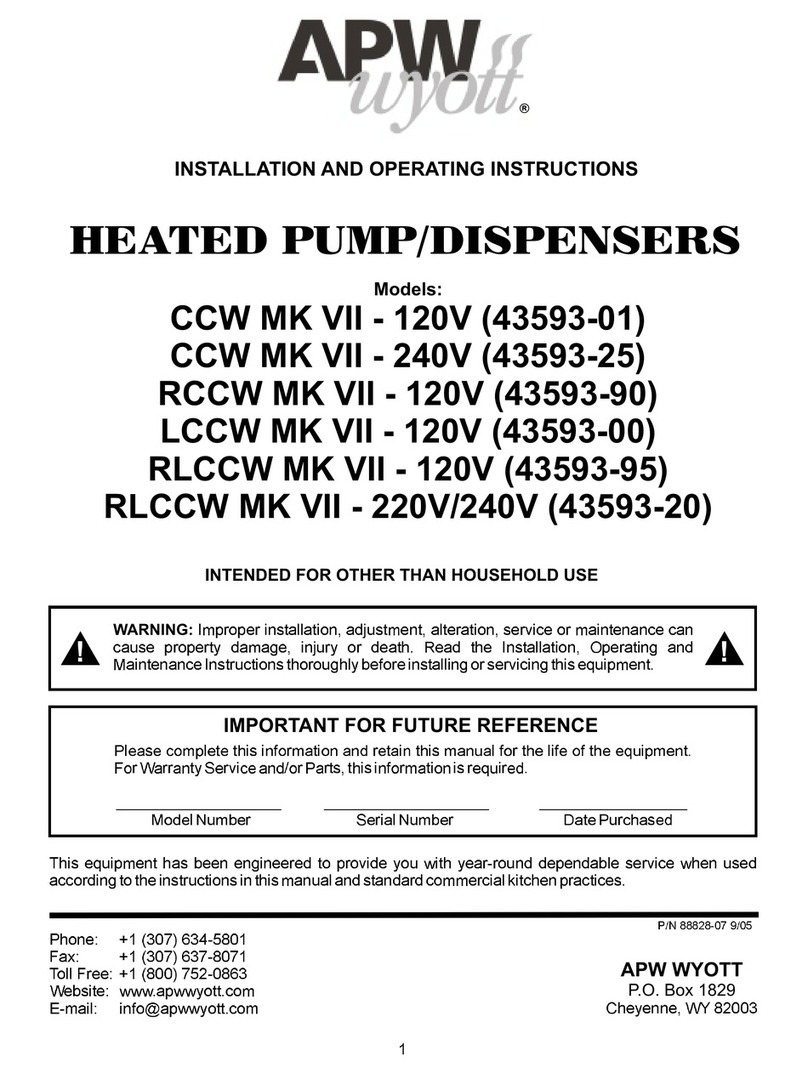
APW Wyott
APW Wyott CCW MK VII, RCCW MK VII, LCCW MK VII, RLCCW MK... Installation and operating instructions

Bartscher
Bartscher 500379 manual

Dolphin
Dolphin DP1900MB quick start guide
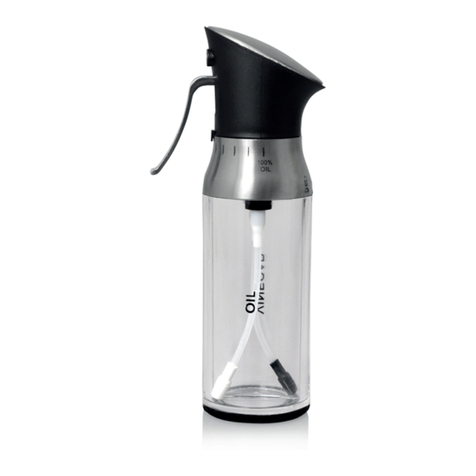
Eldom
Eldom DO10 user manual
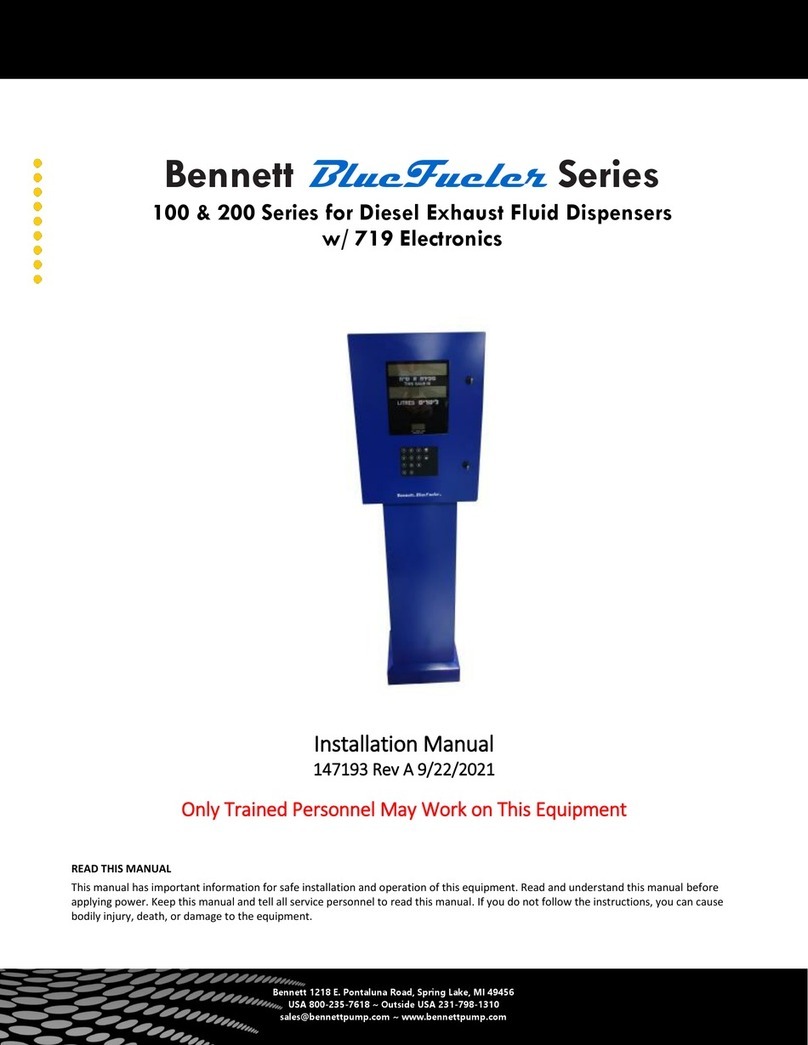
Bennett
Bennett BlueFueler Series installation manual
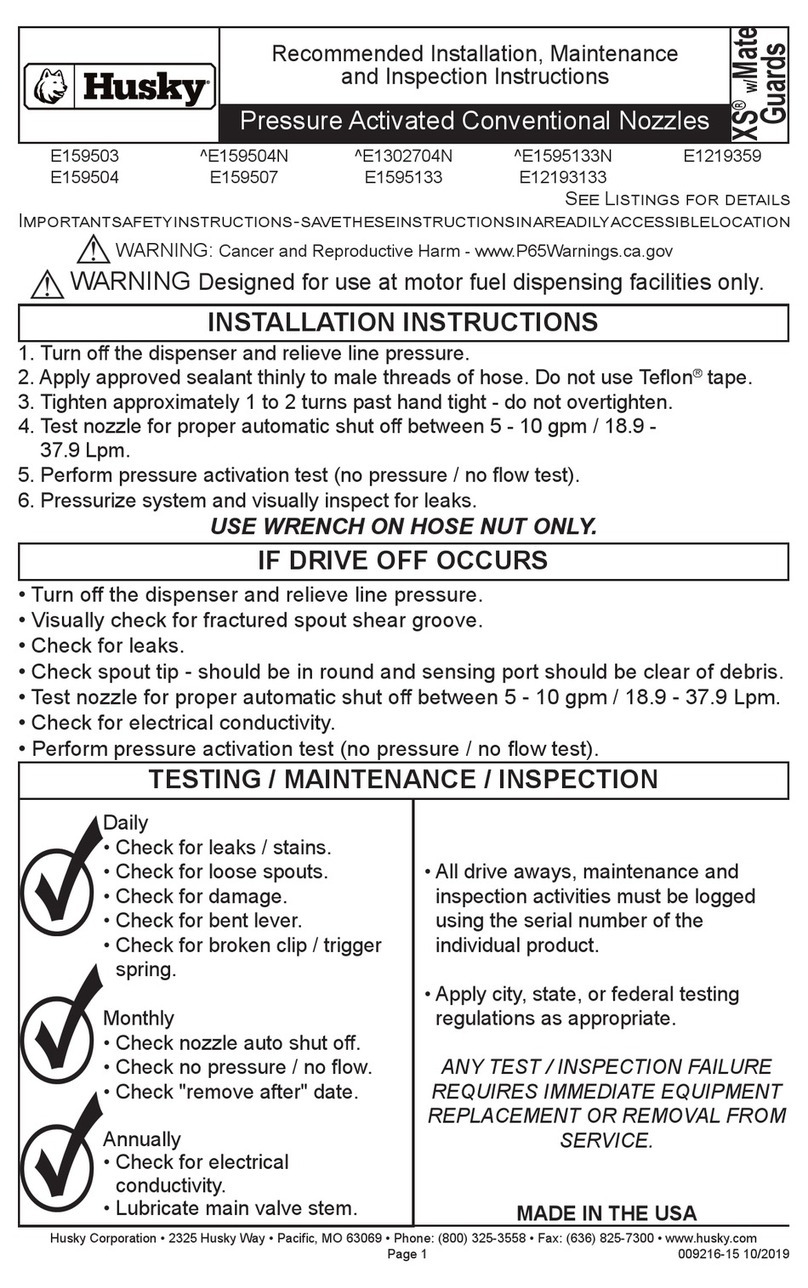
Husky
Husky XS E159503 Recommended Installation, Maintenance and Inspection Instructions
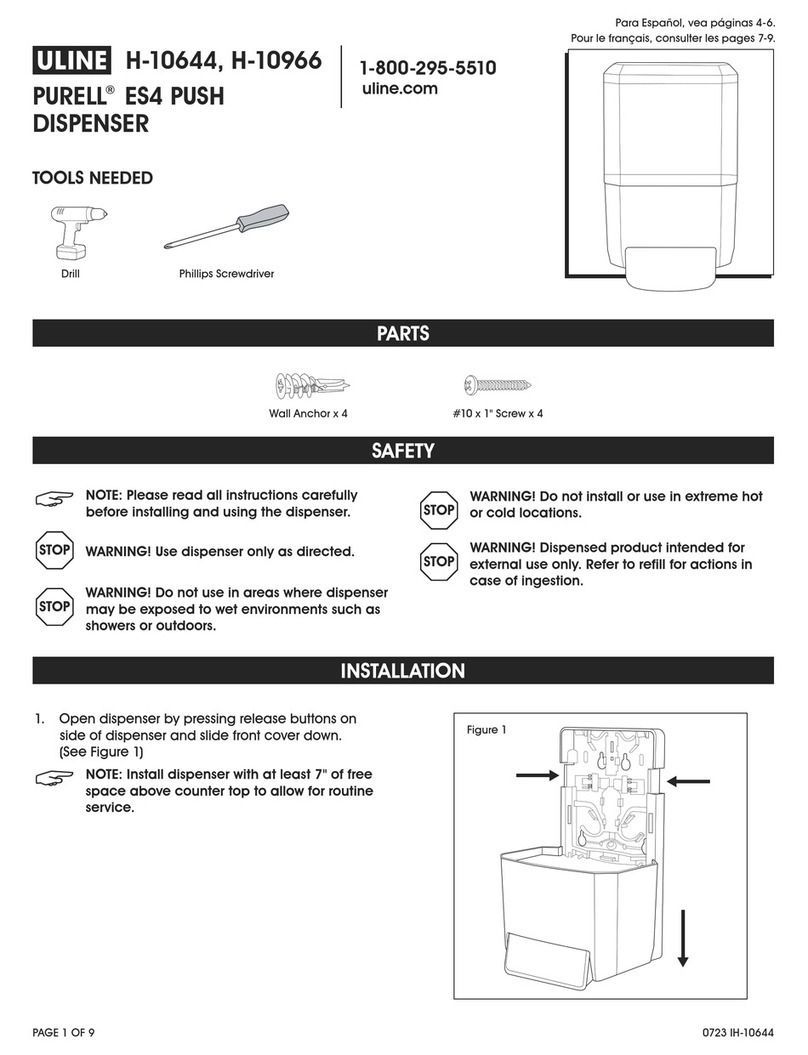
U-Line
U-Line PURELL H-10644 quick start guide

Franke
Franke STRATOS STRX627 Installation and operating instructions
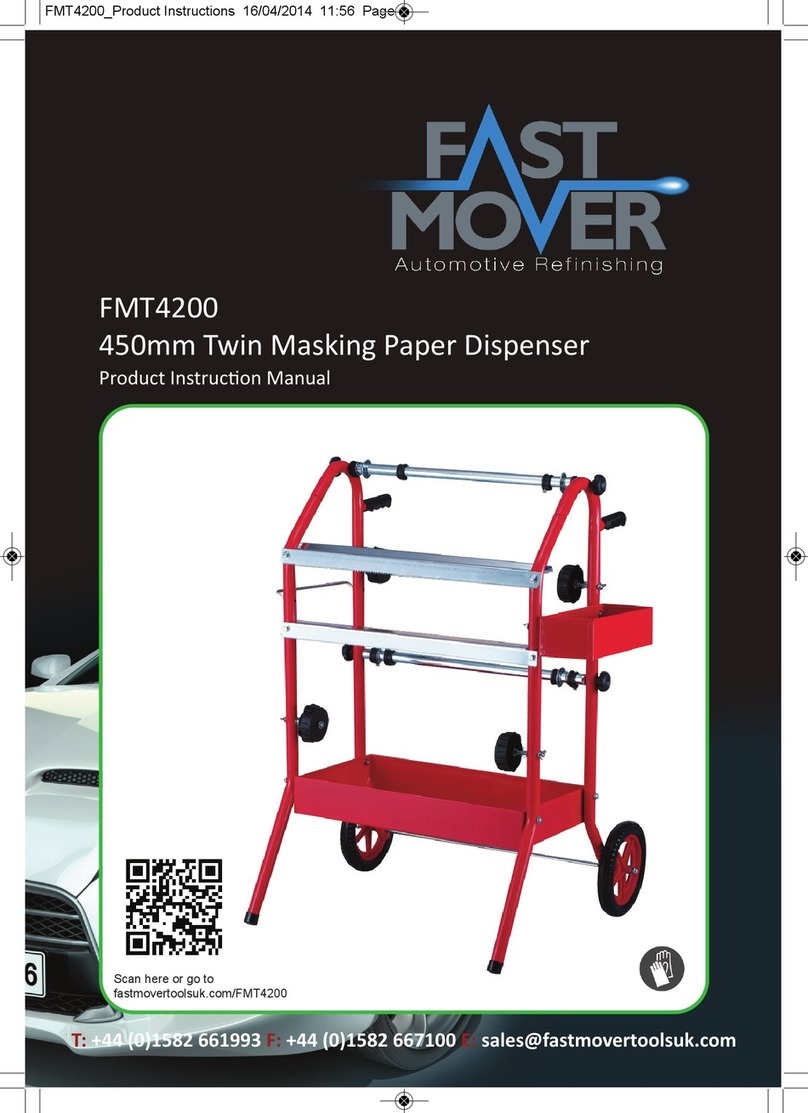
Fast Mover
Fast Mover FMT4200 instruction manual

Hilti
Hilti HDM 330 operating instructions
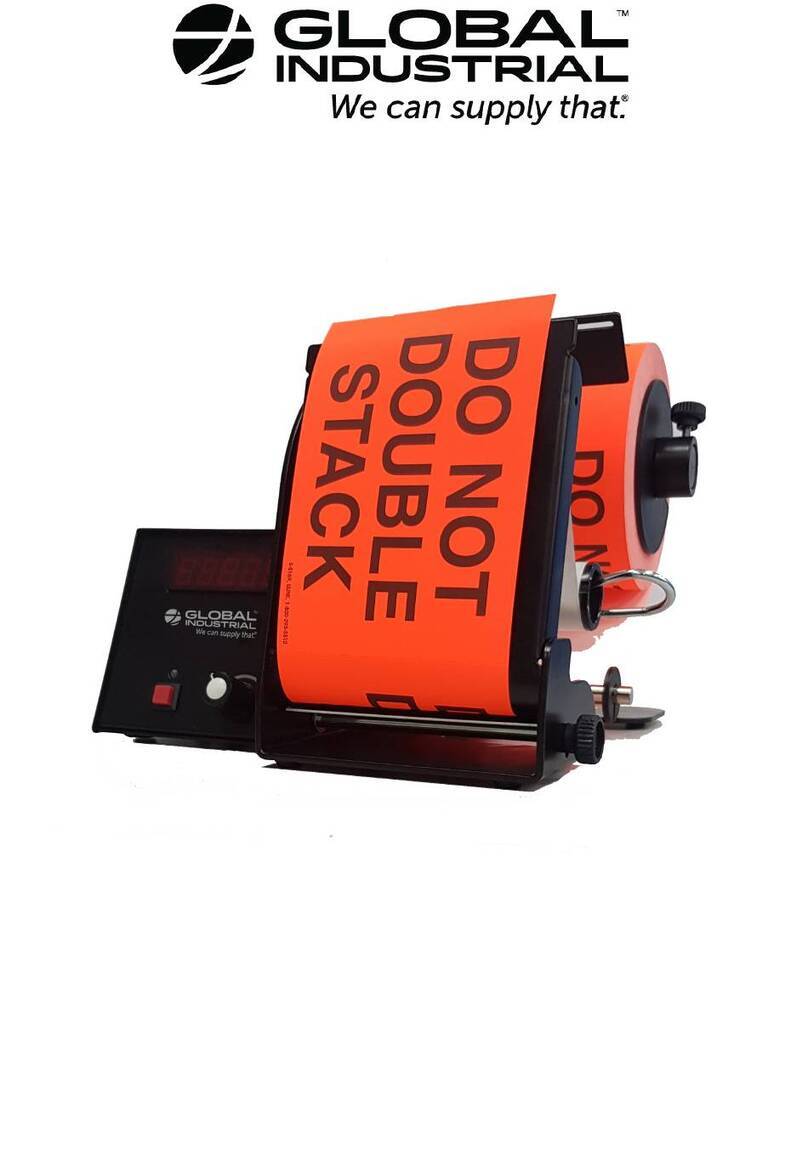
Global Industrial
Global Industrial 244248 user manual

Franke
Franke RODAN RODX625H Installation and operating instructions